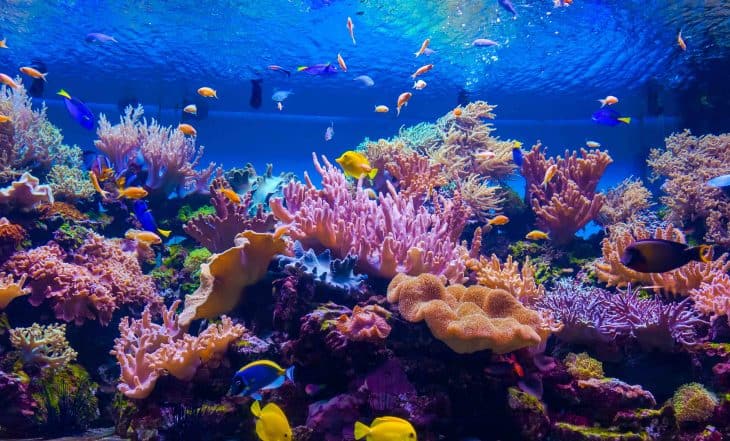
Coral reefs make up some of the most beautiful and breathtaking places under the sea. More than being just lovely to look at, coral reefs are extremely valuable parts of nature. This is because they sustain a diverse range of marine life. They also shield coastlines from violent waves and storms, sink carbon and nitrogen, and aid in the recycling of nutrients.
Coral reefs are often called “the rain forests of the seas.” This is because 25 percent of all marine species live in and around coral reefs, making them one of the most diverse habitats in the world. Unfortunately, the United Nations Environment Programme (UNEP) states all of the world’s coral reefs could bleach unless greenhouse-gas emissions disappear.
What is coral bleaching and how is it stopped? Coral bleaching is the result of a coral’s stress response. The coral reef loses its symbiotic algae and pigments during bleaching, it turns white and dies. Heat stress caused by high sea temperatures and increased UV radiation is a major cause of coral bleaching on the Great Barrier Reef during the summer.
As we all know, greenhouse gases make the Earth’s temperature higher than usual. We also know they’ve hit the Earth for a long time now. And, if they have their way, and coral reefs become totally extinct, many sea creatures would be without a home. Coral reef loss can be particularly devastating for areas of the world that depend on them for their primary food source. Even if it doesn’t look like it, we humans depend heavily on coral reefs for food and other crucial sources. We actually owe so much to these majestic creatures of the sea.
All in all, coral reefs are more important than they look, and are very vulnerable. They’re something we should not take for granted. Learn more about them, and how we should preserve them, in our 50 coral reef facts.
- Coral reefs cover only 0.1% of the oceans’ total area.
- Up to 25% of all marine species live in coral reefs.
- The world’s coral reefs have an economic value of at least $30 billion.
- At most, their economic value can go up to $9.9 billion.
- The Indo-Pacific region has 91.9% of all the world’s coral reefs.
- The world’s reefs were filled with bacteria and sponges in the Cambrian Period, before the evolution of corals.
- Corals evolved during the Ordovician Period around 485 million years ago, leading to the growth of the first coral reefs.
- Corals flourished through the following Devonian, Carboniferous, and Permian Periods.
- The Rugosa order of corals dominated during this time period of Earth’s history.
- The Permian-Triassic extinction or end-Permian extinction claimed the Rugosa corals among its victims, driving them into extinction.
- New corals survived and evolved after the Permian Extinction.
- All modern corals descend from the corals which evolved in the Triassic Period.
- Together, the modern corals form the Scleractinia order.
- The Cretaceous Mass Extinction that destroyed the dinosaurs also devastated the Scleractinia corals.
- Paleontologists today still argue whether or not the Scleractinia and Rugosa corals have a genetic link between them.
- Paleontologists use coral fossils to study the ancient oceans and atmosphere.
- In particular, coral fossils have clues to how much salt the ancient oceans had compared to today.
- They also provide clues to global temperature and the world’s climate at the time.
- Most modern coral reefs live in the shallow waters of the world’s tropical regions.
- Smaller reefs exist in deeper or colder waters elsewhere in the world.
Most modern coral reefs only go back around 10,000 years.
They formed after the last Ice Age when melting ice caused ocean levels to rise and flood the continental shelves. The shelves gave coral a place to grow, which they did in the upward direction, keeping pace with the rising sea levels. Some drowned when the water became too deep, but others flourished, making the coral reefs we know today.
Australia’s Great Barrier Reef goes back further than most coral reefs, at around 20,000 years old.
Scientists think that the reef first began growing during the height of the last Ice Age. This would have caused the sea level in the region to measure 120 meters shallower than today. This also meant that the reef already had a healthy ecosystem when the Ice Age ended. Unlike other coral reefs, the coral didn’t need to build a reef from scratch, but could grow with the rising waters. They grew on hills that once poked out of the water but now became submerged, forming the upper levels of the modern reef.
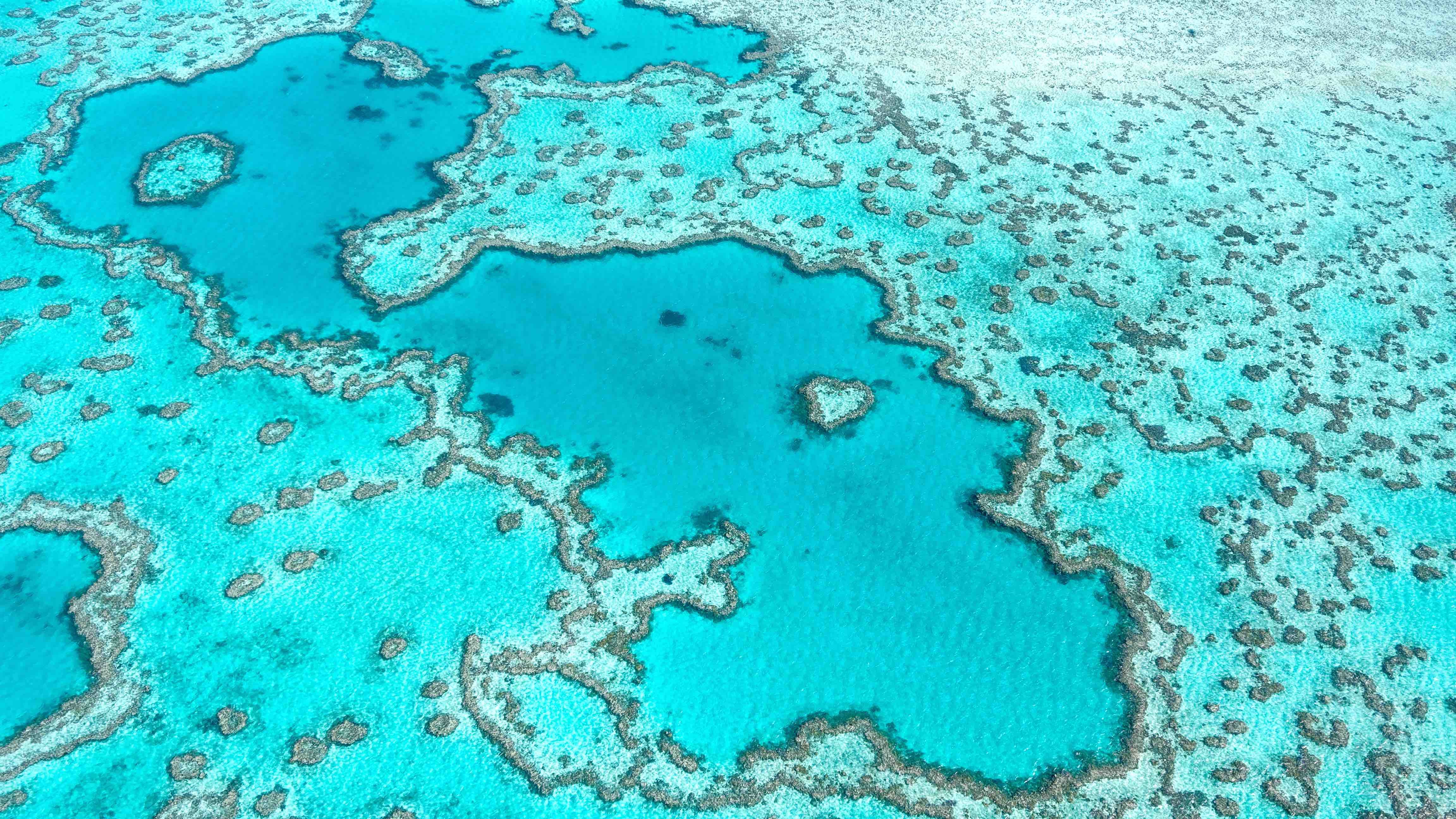
Charles Darwin became the first scientist to figure out how coral reefs form.
Charles Darwin did so while traveling on the science ship HMS Beagle around the southern hemisphere from 1831 to 1836. Darwin theorized that reefs first form as fringes around volcanic islands, steadily growing as the island sinks back into the sea. Over time, the reef grows into a barrier reef, before wearing away into a simple atoll. Scientists studying coral reefs in the century and more since Darwin’s time have gathered enough evidence to prove his theory right.
He also came up with Darwin’s Paradox.
Darwin described coral reefs as similar to oases in deserts, from how they form rich clusters of life in an otherwise desolate ocean. This comes from the fact that most coral reefs exist in tropical waters, which tend to have low nutrient and high plankton levels. The latter, in particular, consume most of what nutrients the water has, leaving little for other life. This led the scientist to question how coral reefs could grow and thrive in such a harsh environment.
Scientists have long tried to find an answer to Darwin’s Paradox.
For starters, they’ve discovered that corals cycle nutrients from the seafloor into the surrounding water, making it available. The corals also consume up to 60% of the plankton present in the reef, balancing the ecosystem. They also break strong water currents, providing a stable and nutrient-rich place for underwater plants to thrive in. This then forms the basis for a food web, with animals feeding on plants and other animals. The reef also provides those same animals a place to live in, where they can find nests and lairs to hide from predators and even lay their eggs in.
Most reefs belong to the fringe reef kind.
They’re also known as shore reefs, from the fact that this kind of reef has a direct attachment to the shore. Alternatively, they might instead have a narrow channel or lagoon separating the reef from the shore. Fringe reefs expand outwards, away from the shore, and in the direction of the open ocean. How wide they become depends on where the seabed stops gently sloping down, and instead abruptly increases in depth. On average, however, fringe reefs tend to have widths of over 100 meters and go down several meters deep.
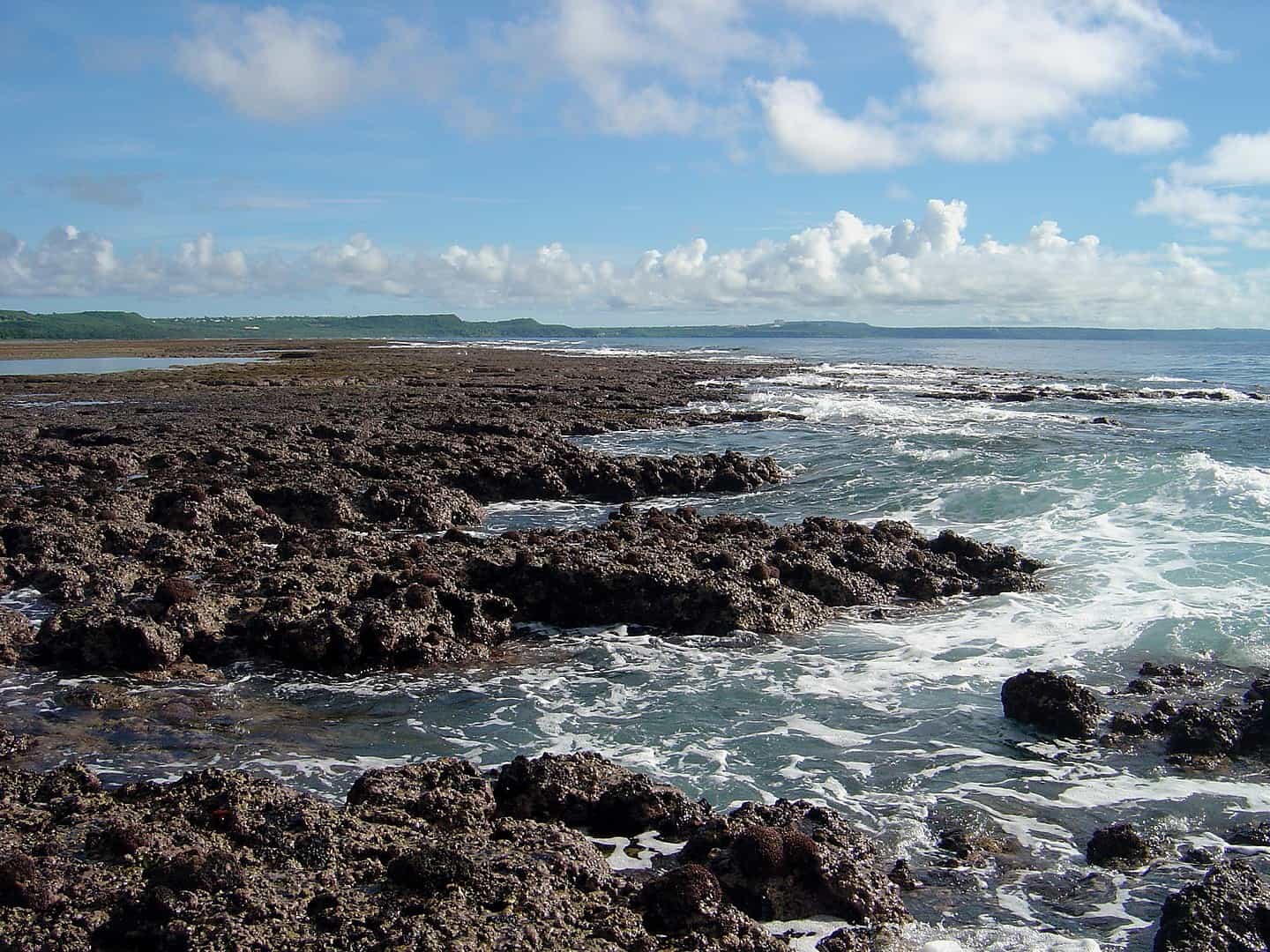
Barrier reefs have similarities to fringe reefs.
The biggest difference lies in the distance between them and the shore, with their lagoons or channels especially deep and wide. The Great Barrier Reef in Australia, for example, lies an estimated 1,600 km away from the coast. It also formed in the open ocean, instead of in shallow coastal waters, another trait of barrier reefs. That said, they do have a similarity with fringe reefs, in that they grow outwards, in the direction of the open ocean.
Platform reefs make up another kind of coral reef.
They’re also known as bank or table reefs due to how they form on top of continental shelves. Unlike fringe or barrier reefs, platform reefs grow in all directions, though, like barrier reefs they form in the open ocean instead of in shallow coastal waters.
Platform reefs can also break the surface, and even form small islands of their own. When that happens, it’s not unusual for them to develop fringe reefs. Small platform reefs also form inside atolls known as patch reefs.
Atolls also count as coral reefs.
Atolls typically make up circular and continuous barrier reefs around a lagoon and originally start out as fringe reefs around a volcanic island. Over time, however, erosion wears away the island, causing it to sink into the sea. Over that same time, though, the reefs grow, eventually enclosing the patch of water which once had an island.
Other scientists also list other kinds of reefs.
There are ribbon reefs, the name of which comes from reefs forming long, narrow, and winding atolls. There’s also the Habili, reefs unique to the Red Sea, which don’t rise high enough to cause surf on the surface. This makes them shipping hazards, as ships could potentially find themselves running aground on the reefs. There are also cays, small and low islands formed when eroded material piles up on top of a coral reef. They eventually break the surface and get stabilized by plant life that grows on the island.
Scientists also divide a coral reef into several zones.
First, we have the reef surface, which makes up the reef’s shallowest zone. Here, the water frequently surges and also has plenty of sunlight, both of which allow coral to flourish the most. Then we have the off-reef floor, shallow seabed where seagrass grows, providing plenty of food for fish. Then there’s the reef drop-off, where the seabed abruptly increases in depth, with the walls providing homes for fish and other animals. There’s also the reef face, making up the most diverse part of a coral reef, as well as the reef flat and the reef lagoon behind the coral reef. Scientists also note that not all coral reefs have all zones present.
Millions of tiny animals called polyps make up the coral that builds a coral reef.
A coral isn’t a single animal, but millions of polyps ranging in size from those the size of a pinhead to some measuring up to 30 cm across. The polyps filter calcium carbonate out of the water, which they use to build skeletons under and around themselves. This not only gives their colony a distinct shape but also provides them protection.
The polyps also live in symbiosis with microscopic algae, which live with them in the coral. Polyps can’t photosynthesize, and so depend on them for oxygen. In turn, the algae take the polyps’ carbon dioxide, while also having a place to live in the coral.
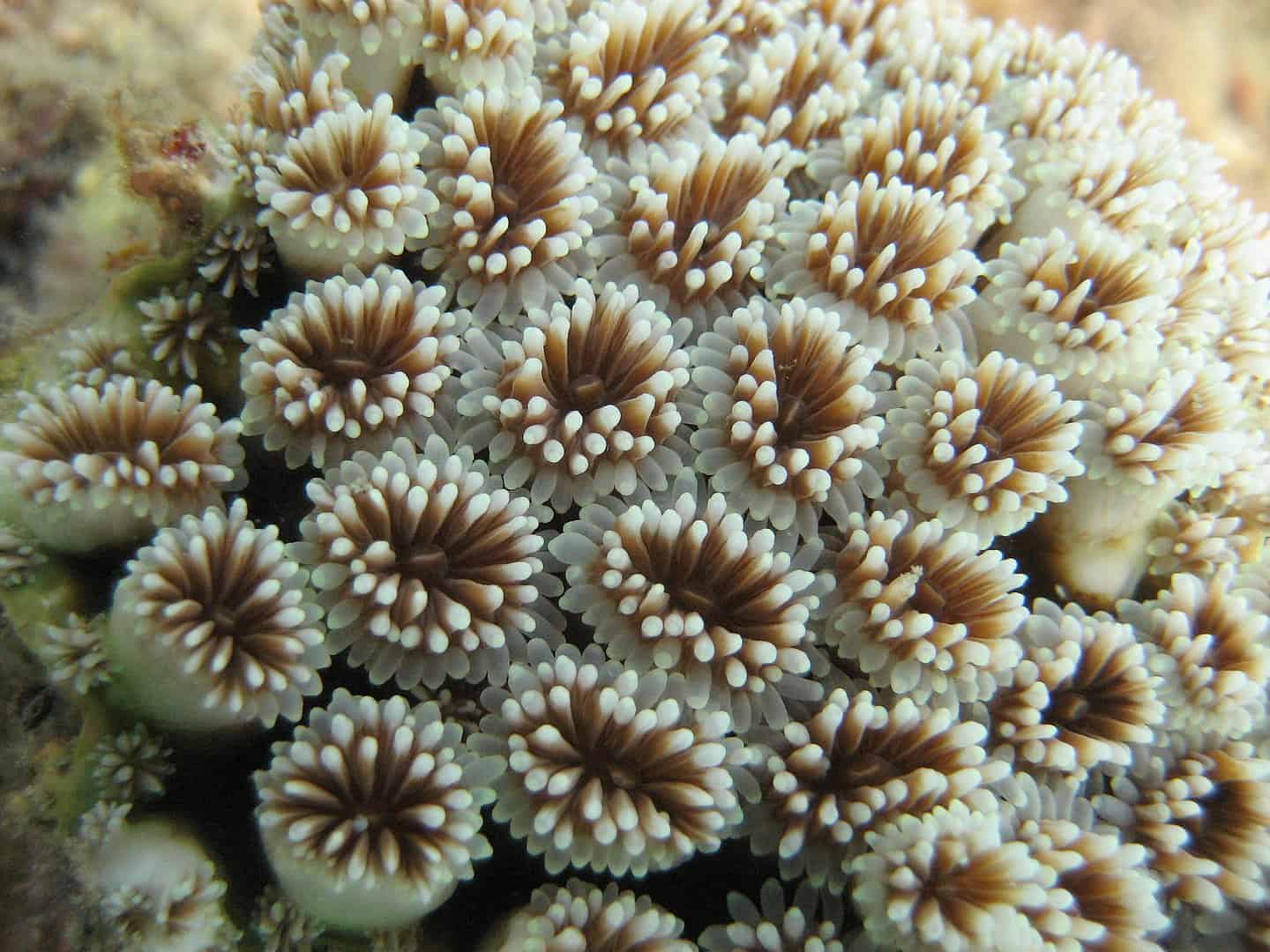
Scientists divide coral into clades.
There are eight clades that exist in total, but scientists focus their studies on Clades A to D. Clade A thrives in shallow waters, and can produce UV-resistant proteins. Those same proteins also allow Clade A coral to heal from UV damage better than other corals. This also makes Clade A coral more resistant to changes in water temperature.
Clades B and C, though, prefer deeper and colder waters, making them more vulnerable to temperature changes. As for Clade D, it’s rather unusual that despite thriving in colder and deeper water, it has much higher UV and thermal resistance compared to Clades B and C.
The moon directly affects corals.
Corals reproduce by expelling all their eggs and sperm into the surrounding water in a single instant. Naturally, they just don’t do so at random, instead of following a cycle regulated by the Moon’s phases. Scientists think this results from how the moon regulates the Earth’s tides, with coral adapting to when high and low tides have the least turbulence. This usually happens from three to six days after a full moon, with coral spawning taking place at night. Scientists remain unsure why coral spawns at night, instead of in the day. When they do, though, it makes for a beautiful sight, with some describing like snow falling under the water.
Special seaweed also helps build coral reefs.
Specifically, red algae, which while slower compared to actual coral when it comes to building a reef, have their own advantages. For one thing, they’re actually more resistant to trauma caused by rough water, which makes them dominant in turbulent areas of a reef. Red algae also add a layer of limestone to the reef as a whole, making it stronger and more resistant to damage.

Sponges also help build coral reefs.
Most sponges contribute to coral reefs by filtering plankton out of the water and release byproducts of their feeding into the water in return. Those byproducts then get filtered out of the water as nutrition by other life forms in the reef. However, certain rare sponges can build reefs too, in deep water, at least a kilometer under the surface.
These sponges have skeletons made of silica, leading to their name: glass sponges. These skeletons can grow up to 1.5 meters tall, and merge together to form even taller reefs. Up to 21 meters tall and 10 meters thick, stretching for kilometers across the seabed.
Central America has the world’s second-largest coral reef.
The Mesoamerican Barrier Reef stretches for 1,000 km from the tip of the Yucatan Peninsula down to the Bay Islands off Honduras. In addition to hundreds of species of fish and shellfish, the reef also has the world’s biggest manatee population in the world. Estimates put the sea cow population at 1,500 animals at most, leading to the area lying under protection. The reef also has a population of whale sharks, the largest fishes in the world.
It also has the world’s third largest coral reef.
The Andros Barrier Reef runs for 225 km, between 2 and 3 km off Andros Island’s east coast. The reef mostly lies rather shallow, only around 6 meters at its deepest, before deepening to around 37 meters. Past that depth, the seafloor abruptly drops down some 2,000 km, the so-called Tongue of the Ocean separating Andros and New Providence Islands.
Japan has the world’s northernmost coral reef.
Tsushima Reef lies between the island of the same name and the neighboring Iki Island. It has the distinction of becoming evidence of rising ocean temperatures, from how Acropora corals now grow alongside the reef’s original Favia corals. This comes from the fact that Acropora corals normally grow in warmer, southern waters. Their presence in the cold waters off Tsushima could only mean the temperatures of those waters have risen.
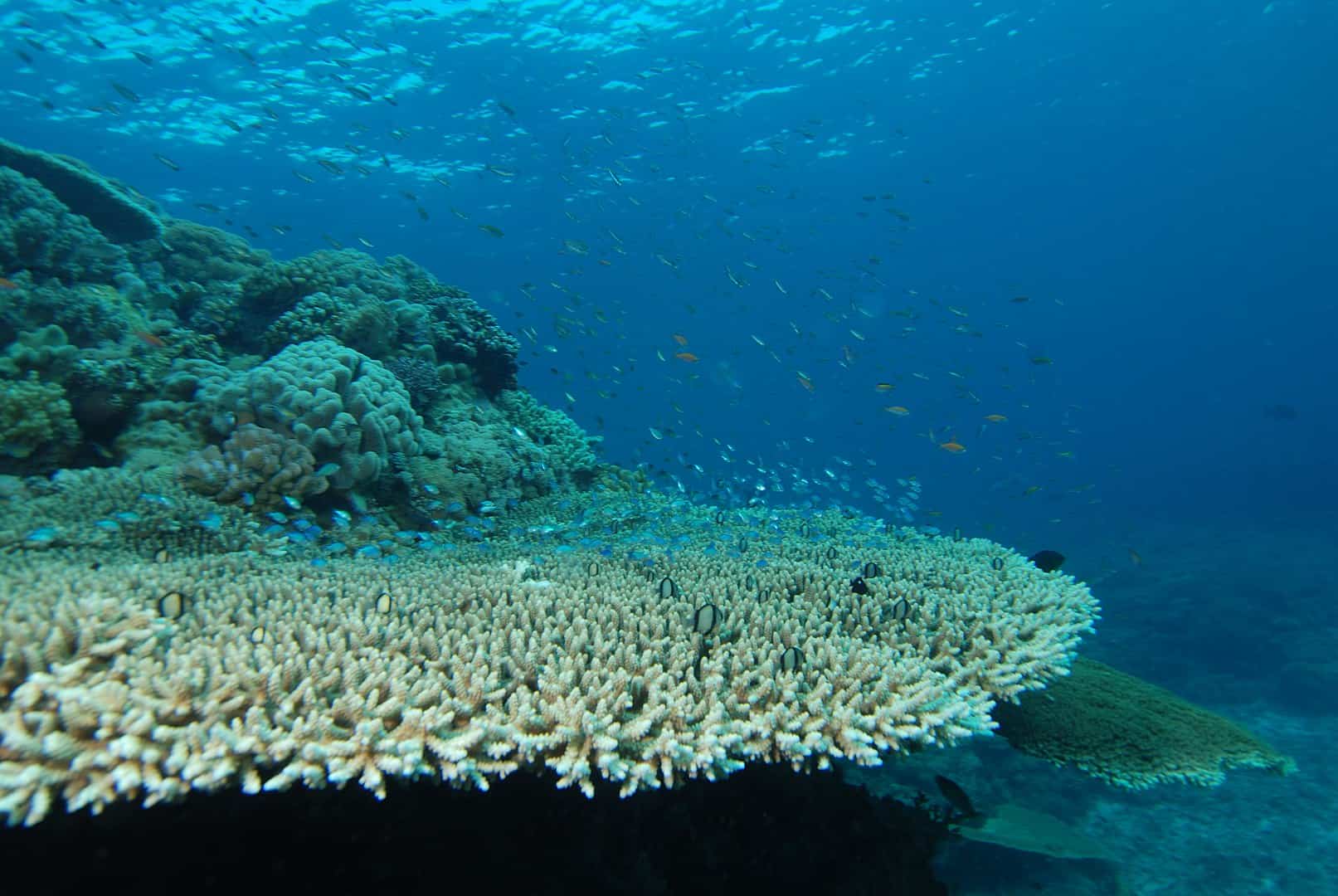
Coral reefs near other habitats have a symbiotic relationship with each other.
We’ve already mentioned before how seagrass tends to grow near coral reefs. Coral reefs near the coast also sometimes see mangrove forests grow nearby. Both seagrasses and mangroves have the same relationships with coral reefs. The reef protects them from ocean turbulence caused by tides or storms. In return, seagrass and mangroves provide food and even shelter to fish. Dead and rotting plant matter also contribute to the relationship, adding further nutrients to the local ecosystem.
Coral reefs directly benefit human civilization.
Shorelines with coral reefs actually stand better protected against ocean disasters such as tsunamis or storm surges. This comes from the fact that coral reefs serve as barriers that reduce the power of incoming waves by as much as 97%. This actually makes them more effective than artificial defenses like breakwaters or seawalls.
In fact, scientists estimate that without coral reefs, coastal communities would have to spend up to three times as much as they already do to cope with marine dangers. Coral reefs also directly benefit human civilization as a food source, with every square kilometer of reef providing up to 15 tons of seafood.
Human civilization directly threatens coral reefs.
One common threat to corals caused by humans is coral mining, wherein people harvest or even blast them to scoop up what’s left and use them as construction materials. Overfishing also endangers coral reefs, as it unbalances the local ecosystem and allows invasive species to enter.
This particularly proves the case in Australia’s Great Barrier Reef, where overfishing has allowed the Crown of Thorns starfish to integrate itself. Making it even worse involves the fact that the Crown of Thorns starfish literally eats the coral, leaving entire sections of the reef lifeless.
Pollution makes up the biggest human threat to coral reefs.
This comes from the fact that most coral reefs don’t really lie that far away from the shoreline. Studies show that up to 80% of all marine pollution comes directly from sources on land, making coral reefs especially vulnerable. Industrial and household waste could outright poison coral reefs, or saturate the water with minerals. Even if it doesn’t kill the reef immediately, it would eventually starve them of oxygen. They could even cause algal blooms, which crowd out corals or even starve them of oxygen by keeping sunlight from reaching them. They might even release poisons into the water.
Even worse, pollution could introduce harmful microorganisms into the local ecosystem. One example of this involves the Aspergillus mold, which usually infects bread and vegetables among others. However, scientists have since discovered that mold spores in marine pollution have infected coral reefs, especially targeting sea fan corals.
Climate change will also heavily-affect coral reefs.
For one thing, climate change already caused ocean levels to rise, which could have unpredictable results on coral reefs. Climate change has also caused ocean temperatures to rise, which could actually cause corals to become weaker. These phenomena, in turn, leave them vulnerable to various diseases, such as Black band disease, skeletal eroding bands, and White band disease. Warmer waters could also cause fish to migrate away, disrupting the local ecosystem and leaving it vulnerable to invasive species.
Coral bleaching makes up the most visible symptom of humanity’s effects on coral reefs.
Corals bleach in response to stress, expelling their symbiotic microscopic algae that also give coral their many colors. This turns the coral white, hence the term coral bleaching, and also causes the coral to starve to death after some time. Scientists today agree that while several factors could cause coral bleaching, the most common involves climate change. Specifically, rising temperatures, by as little as 1 degree Celsius, cause enough stress to cause coral to bleach.
This has left large sections of coral reefs worldwide graveyards of lifeless coral skeletons, slowly getting worn away by the waves. Scientists also predict based on current trends that by 2060, rising water temperatures will destroy all the world’s coral reefs.

World governments struggle to effectively protect coral reefs.
The biggest difficulty governments face in protecting corals lies in the fact that coral reefs tend to lie in the open ocean. This means reefs rest in international waters, where individual countries find it difficult to actually enforce their laws and regulations. After all, one country might protect corals, but their neighbor doesn’t, or has different ways to do it. Out in international waters, whose laws and regulations would apply?
They’ve even tried to grow new coral reefs.
Experts call growing new coral reefs coral aquaculture, or simply coral farming. As the name implies, it involves growing coral seeds in nurseries, before replanting them on an existing reef. Scientists agree it has the potential in repairing the damage done to coral reefs. However, it is the only thing that works as a long-term solution, for now. Scientists, in particular, point out that unless humanity solves the main causes behind the destruction of coral reefs, repairing them becomes meaningless in the long term.
A common way to protect coral reefs involves declaring Marine Protected Areas (MPA).
MPAs, which stands for Marine Protected Areas, enjoy protection from human exploitation and development, either by limiting or outright banning them. In some cases, such as in Australia, only indigenous peoples have the right to touch an MPA, for cultural and historical reasons.
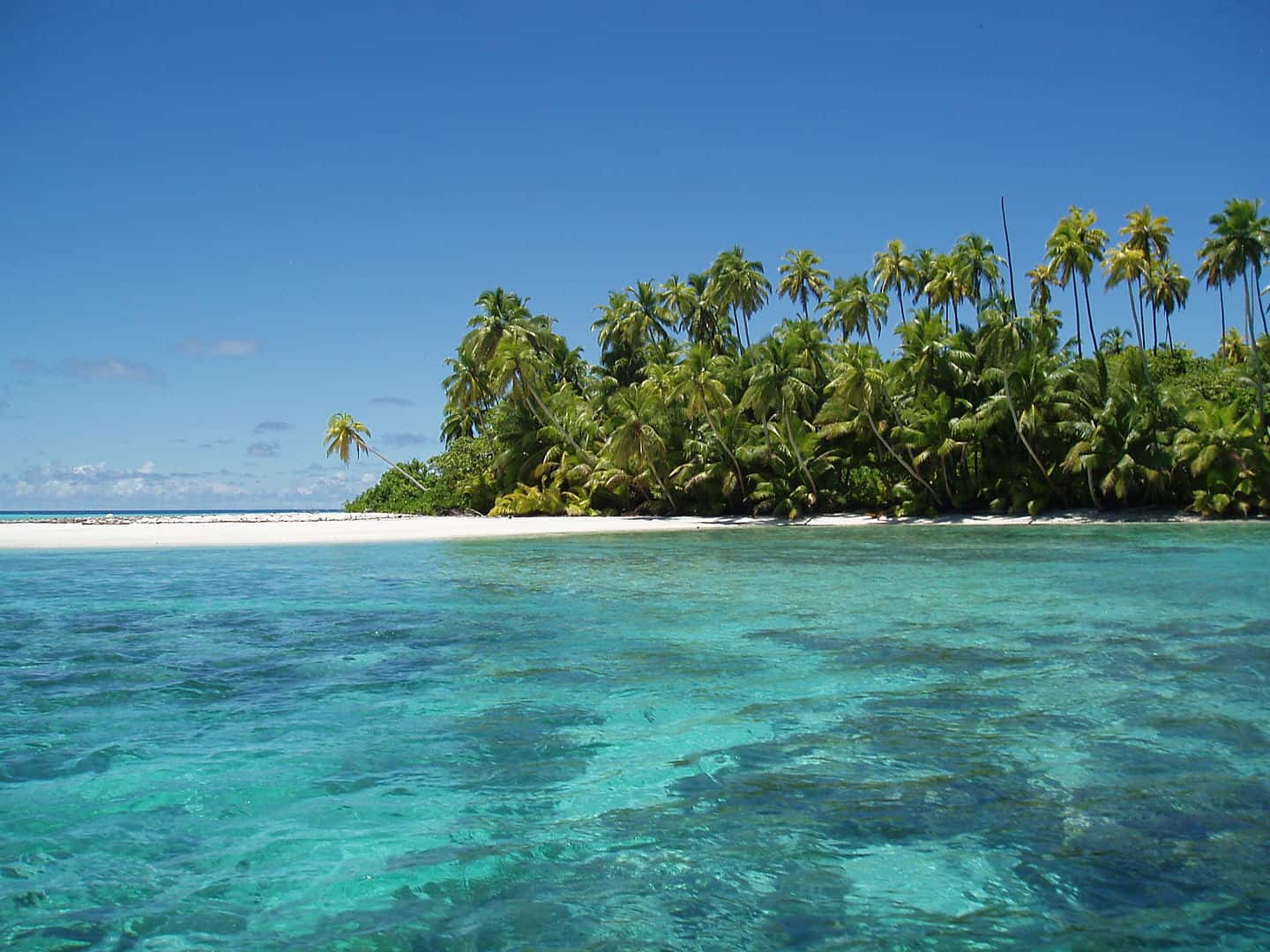
Environmentalists question the effectiveness of MPAs.
Studies of MPAs in Southeast Asia show that coral reefs in the region do not enjoy better conditions than coral reefs outside of MPAs. They also note that MPAs have even caused local disputes between locals who refuse to cooperate with their governments to enforce the MPAs.
Some scientists have even proposed using genetic engineering to try and save coral reefs.
Many scientists suggested genetically engineering corals to adapt to the warmer conditions of modern oceans. A lot of experts in the field had experimented on various methods to find a way to do so and they generally agree with each other about its effectiveness.
Was this page helpful?
Our commitment to delivering trustworthy and engaging content is at the heart of what we do. Each fact on our site is contributed by real users like you, bringing a wealth of diverse insights and information. To ensure the highest standards of accuracy and reliability, our dedicated editors meticulously review each submission. This process guarantees that the facts we share are not only fascinating but also credible. Trust in our commitment to quality and authenticity as you explore and learn with us.


